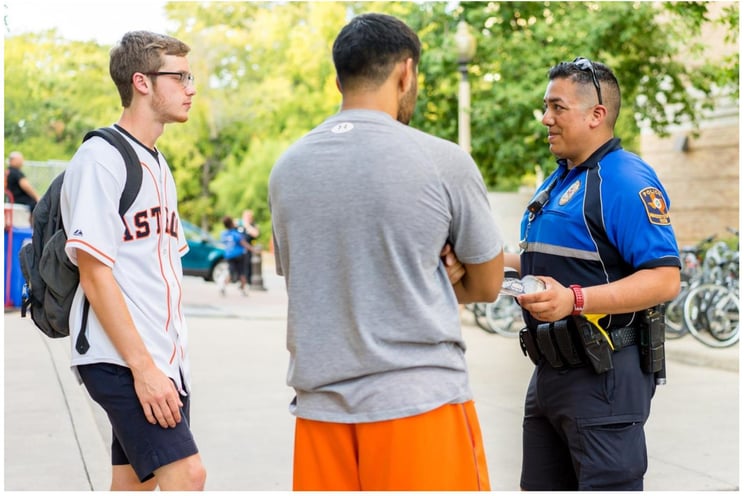.jpeg?width=744&height=496&name=AdobeStock_255878829%20(1).jpeg)
Therapy can be a positive tool for change in a person’s life. However, the relationship between a therapist and their client significantly impacts the effectiveness of the treatment. Unfortunately, many barriers can threaten the therapist-client relationship, including communication breakdowns, power imbalances, and conflicting goals.
Addressing these struggles early can prevent them from escalating and affecting treatment outcomes. In addition, when therapists approach these struggles with intentionality and self-awareness, it can ultimately improve the relationship and help the client reach their therapy goals.

 We are excited to announce that MST-BSF has been approved as supported by the Title IV-E Prevention Services Clearinghouse! This is a significant achievement for MST Services, as being "supported" means that Multisystemic Therapy – Building Stronger Families (MST-BSF) has met the rigorous standards for evidence-based interventions set by the clearinghouse and highlights the effectiveness of the program in helping children and families.
We are excited to announce that MST-BSF has been approved as supported by the Title IV-E Prevention Services Clearinghouse! This is a significant achievement for MST Services, as being "supported" means that Multisystemic Therapy – Building Stronger Families (MST-BSF) has met the rigorous standards for evidence-based interventions set by the clearinghouse and highlights the effectiveness of the program in helping children and families..jpeg?width=744&height=496&name=AdobeStock_591538079%20(2).jpeg)
.jpeg?width=744&height=497&name=AdobeStock_143363508%20(1).jpeg)






